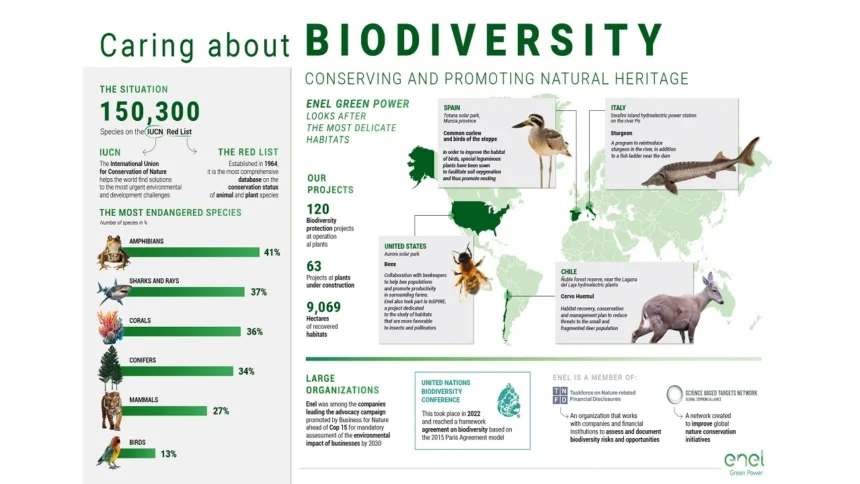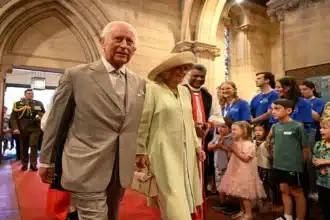Biodiversity Enhancement
Cultural diversity is likely to positively impact the Biodiversity within ecosystems. The homogenization of diverse human populations may thus be viewed as a key driver of the extensive extinction events in the Anthropocene era. In their recent article “The human fact of biodiversity: co evolution of the human niche, paleo-synanthropy and ecosystem complexity in the distant human past” published in the prestigious journal Philosophical Transactions of the Royal Society B, Dr. Shumon T. Hussain of the University of Cologne and Dr. Chris Baumann of the University of Tübingen reach this deduction. Their work contributes to the current focal theme “Multi species Conviviality” at the University of Cologne’s Research Hub MESH (Multidisciplinary Environmental Studies in the Humanities).
Also Read- Paramount and Peacock Bundle Sparks Consumer Interest, Survey Reveals in 2024 -Exclusive Report
Within their publication, the scientists inspect the role of past humans in shaping and directing Biodiversity across our planet over extended periods. The archaeologists offer a perspective grounded in material and ecological data stretching back in time, arguing that the notion of humans historically living harmoniously with nature as hunter-gatherers inaccurately portrays the fundamental issue of human interaction with ecosystems. The researchers also criticize past efforts that have tended to highlight how people actively intervened in their surrounding environments over 10,000 years ago, often with negative repercussions regarding aforementioned extinction events in the Anthropocene era.
The authors propose that the relationship between humans and ecosystems has perpetually been far more nuanced and intricate, and that in addition to negative impacts, certain rules also govern positive effects on biodiversity. “Sometimes biodiversity loss can occur locally due to human activities yet biodiversity is strongly promoted elsewhere; therefore these dynamics must be viewed in a broader context,” said Hussain.
The diverse case studies dating back to the Late Pleistocene shed light on interactions between humans and ravens over 120 millennia. A recent analysis by the authors found these corvids benefited from proximity to hunter-gatherers some 30,000 years ago, accessing supplemental food sources.
Also Read- Grand Rapids West Michigan Widespread Power Outage Affecting 1000s – Exclusive News
The archaeologists grounded their work in zoo archaeological and isotopic data examining ravens’ remains, applying this and contextual archaeological evidence more broadly. Such dynamics demonstrate how certain species flourish with human influence while others relinquish territory, increasing heterogeneity and complexity on the local scale. Overall biodiversity positively responds to a more diverse landscape of co-existence.
“We aim to challenge preconceptions that human impacts invariably degrade biodiversity regimes,” explained Hussain. “Indeed, diversity among human communities likely enhances biodiversity overall. A key driver of contemporary crises stems partly from homogenized relationships with nature, diminishing opportunities for interdependence between species in the Anthropocene.”




